Activity Content Sections
Instructions
Relevant Terminology
Friction: The resistance of one object that is rubbing against or moving along another one.
Potential energy: Stored energy. Stretching a rubber band stores potential energy.
Kinetic energy: Energy of motion. The rovers transform potential energy in the stretched rubber band into kinetic energy (spinning wheels).

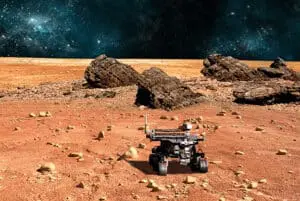
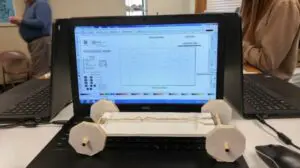
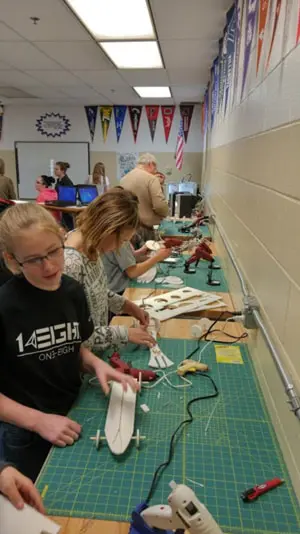
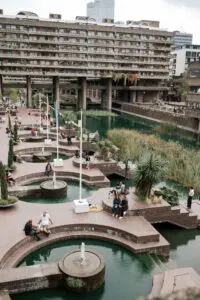
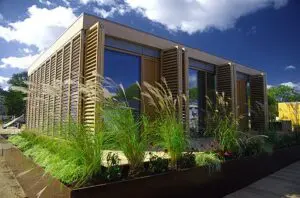
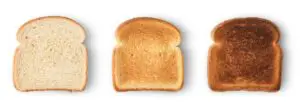
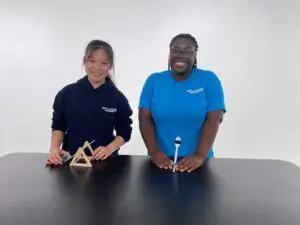

Leave feedback form
Thank you! Your submission is processing.